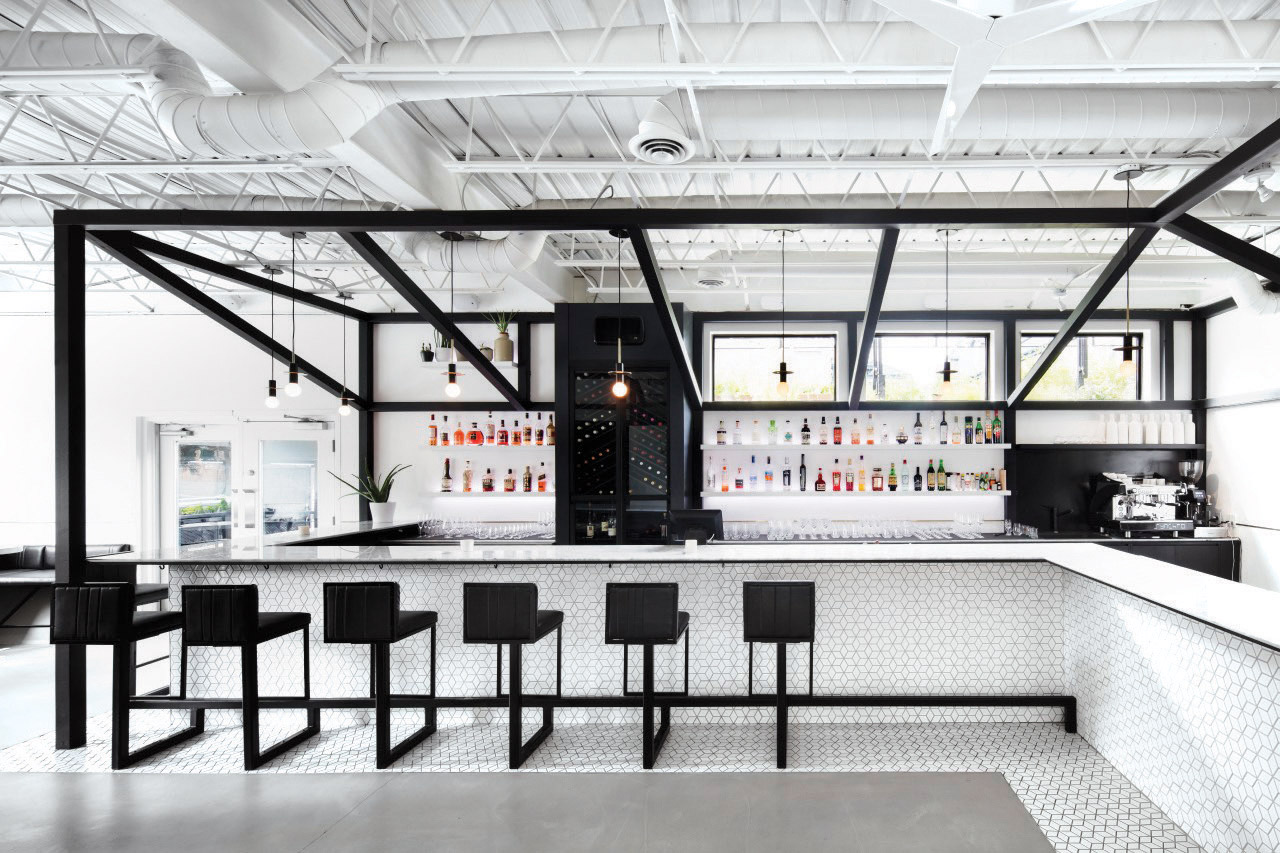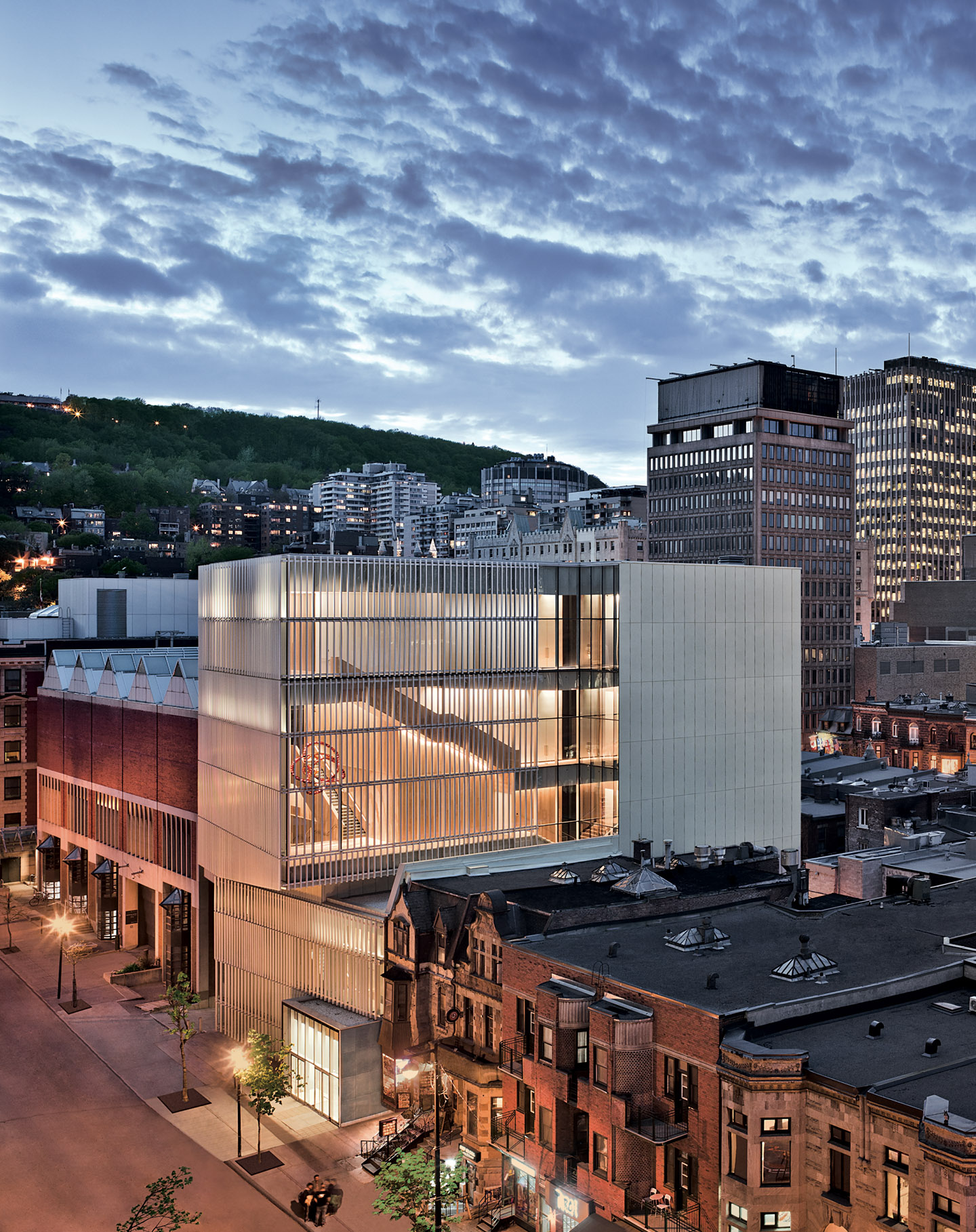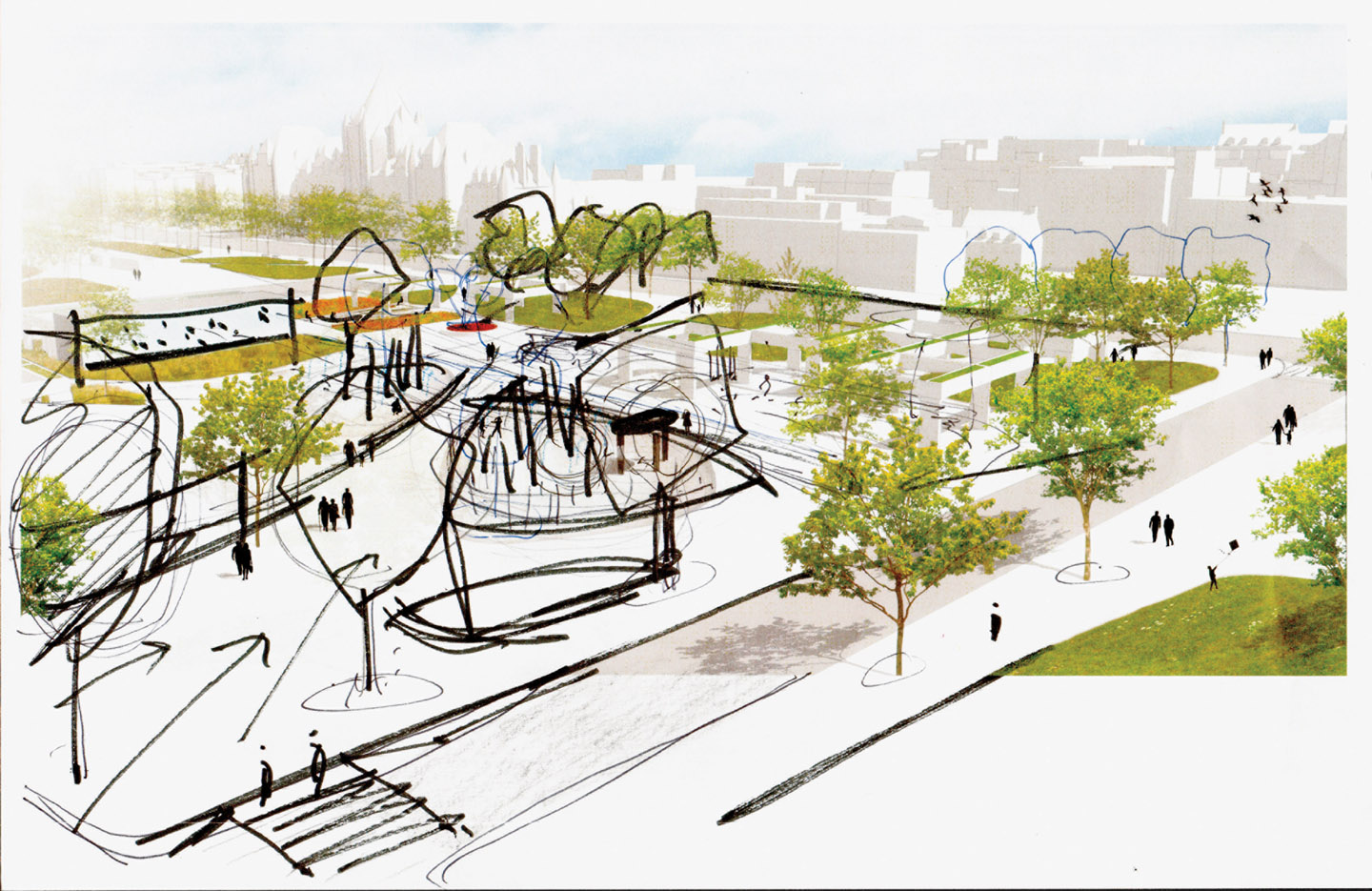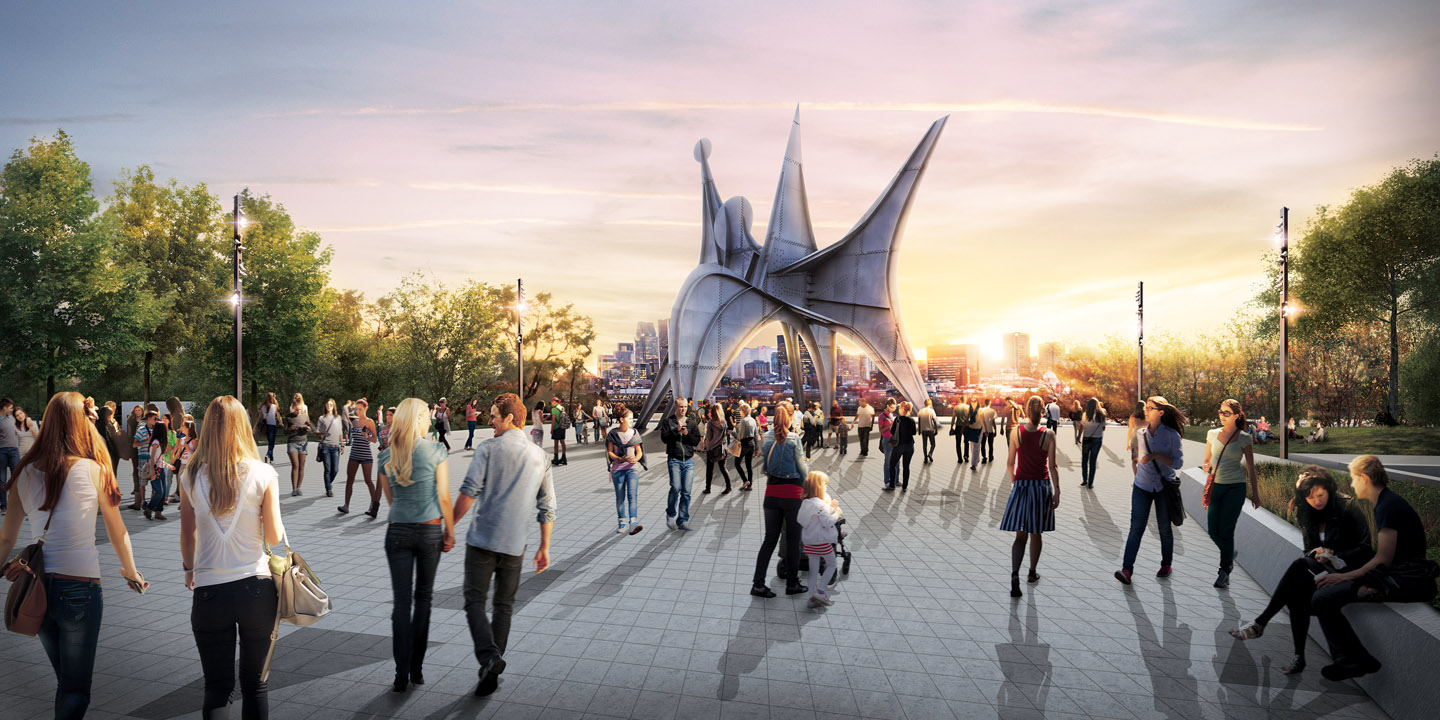Montrealers know how to throw a fantastic bash. The Olympics of ‘76 — hosted in what some would call the cultural capital of Canada — has long been regarded as one of the best global events in multi-sport history. Then there is the world- famous Montreal International Jazz Festival, Canada Pride, Formula 1 Grand Prix and Nuit Blanche (held in winter and the first of its kind in the country) — all of which have framed Quebec’s southern metropolis as one big all-inclusive social club.
It’s so appropriate then that for its 375th birthday, Montreal has marked the occasion with an official campaign that had Canadian actor William Shatner apologizing to the neighbours for the noise from a year’s worth of parties (and what a party it’s been!). But perhaps the bigger upside to all the revelry is that Montreal invested in rejuvenating some of the its most important cultural and artistic landmarks.
The Montreal Museum of Fine Arts (MMFA) is doing its part, says senior curator Hilliard Goldfarb, by commemorating the occasion with the new Michal and Renata Hornstein Pavilion for Peace. The focus on the city’s cultural institutions is fitting, he notes, given Montrealers’ true passion for the arts. “Art informs our sense of self-identity,” he says.

The new pavilion, which opened last November, is a six-level space that adds nearly 800 works to the gallery’s already-staggering collection of art, including 100 Old Masters paintings that were a gift from the Hornsteins. The perimeters of each level provide spaces for visitors to sit and reflect near windows with views of the St. Lawrence River. Seen from the outside, the façade’s stone slats make the addition appear utilitarian. But as the sun sets, an amber glow emanates from the interior stairway, creating a lovely night light effect.
More than $300 million has been earmarked for projects aimed at refreshing cultural landmarks and gathering places in Montreal, which was named a UNESCO City of Design in 2006. Though not a formal designation, the title acknowledges Montreal’s “creative potential” and a commitment from the local government to foster design within the city. Given the abundance of sculptures, fountains and gardens scattered throughout the neighbourhoods, it’s no wonder that Montreal was added to the list which now includes more than a dozen cities in the world.

In keeping with the Montreal ethos, the municipal government put aside more than $100 million to renovate two major public spaces — $75 million for Parc Jean-Drapeau and $28 million for Viger Square. Both are already brimming with an embarrassment of artistic riches that are often overlooked. In Parc Jean-Drapeau, L’Homme, by Alexander Calder, the 20th century’s most celebrated sculptor, is among 15 artworks that have become part of the scenery. There are the sculptures by Portuguese artist João Charters de Almeida; the art of Mexican-born Sebastián, whose steel and concrete sculptures are found around the world; and Charles-August Lebourg’s Fontaine Wallace, a reproduction of the drinking fountains throughout Paris. These are among many other notable artworks left behind after Expo 67, which also happens to be marking its 50th anniversary.
A smartphone app is currently available to guide users through a two-hour walking tour of the artworks in Parc Jean-Drapeau. The rejuvenation work slated to begin this past spring has been delayed, but once it’s completed, there will be a new promenade linking the sculptures, as well as a 65,000-capacity amphitheatre, which will host major concerts and festivals, says Genevieve Boyer, the park’s communications manager. There’s even talk that the amphitheatre will be the new home of the music and arts festival Osheaga.

Meanwhile, the art-focused rejuvenation of Montreal’s first large public space — Viger Square, which fell into disrepair after its first makeover, in the 1980s — is underway. Intended to transform the square into a secluded urban oasis, that rejuvenation effort featured high walls, which made the space uninviting and, to some visitors, unsafe. Not many were enticed to visit Charles Daudelin’s pergolas and Mastodo fountain sculpture, or the magnificent Forces, a sculpture fountain by Claude Théberge.
“Forces is an awesome piece of art, but nobody knows that it’s there because nobody wants to go in,” says landscape architect Michel Langevin, whose award-winning design firm, NIPpaysage, is leading the Viger Square revitalization.
“We want to reset this perception by giving these pieces of art back to the public.”

The square’s makeover, which has been delayed to 2018, includes ditching the walls, retaining most of the pergolas, and restoring the Mastodo fountain, replete with timed lights. Larger trees will be planted around the perimeter to create shade but will still keep the space open and inviting. And in the middle of the square’s four blocks will be a space for small events. “I think there’s this new way of thinking in Montreal of making quality public spaces, including more green spaces downtown to keep people in the city,” says Langevin.
It’s the MMFA’s Goldfarb who best sums up the artistic revitalization of the city. Asked whether the rejuvenation projects are a sign that Montreal is reinventing itself with a new cultural identity, he demurs, saying simply,
“Culture is the life of Quebeckers and Montrealers.”
By Andrea Janus – *This article originally appeared in INSIGHT: The Art of Living | Winter 2017
Photos: NIPpaysage; HVOR



